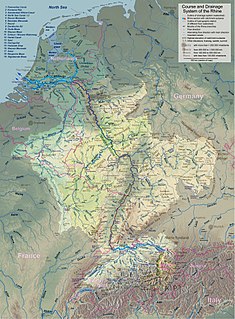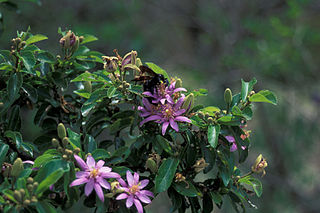| Aprostocetus sensuna | |
|---|---|
| Scientific classification | |
| Kingdom: | Animalia |
| Clade: | Euarthropoda |
| Class: | Insecta |
| Order: | Hymenoptera |
| Family: | Eulophidae |
| Subfamily: | Tetrastichinae |
| Tribe: | Tetrastichini |
| Genus: | Aprostocetus |
| Species: | A. sensuna |
| Binomial name | |
| Aprostocetus sensuna Baur, 1994 | |
Aprostocetus sensuna is a species of chalcid wasp belonging to the family Eulophidae. It is only known from close to the Sense River near Bern in Switzerland.

Chalcid wasps are insects within the superfamily Chalcidoidea, part of the order Hymenoptera. The superfamily contains some 22,500 known species, and an estimated total diversity of more than 500,000 species, meaning the vast majority have yet to be discovered and described. The name "chalcid" is often confused with the name "chalcidid", though the latter refers strictly to one constituent family, the Chalcididae, rather than the superfamily as a whole; accordingly, most recent publications (e.g.,) use the name "chalcidoid" when referring to members of the superfamily.

The Eulophidae are a large family of hymenopteran insects, with over 4,300 described species in some 300 genera. The family includes the genus Elasmus, which used to be treated as a separate family, "Elasmidae", and is now treated as a subfamily of Eulophidae. These minute insects are challenging to study, as they deteriorate rapidly after death unless extreme care is taken, making identification of most museum specimens difficult. The larvae of a very few species feed on plants, but the majority are primary parasitoids on a huge range of arthropods at all stages of development. They are exceptional in that they are one of two hymenopteran families with some species that are known to parasitize Thysanoptera. Eulophids are found throughout the world in virtually all habitats.

Bern or Berne is the de facto capital of Switzerland, referred to by the Swiss as their Bundesstadt, or "federal city". With a population of 142,493, Bern is the fifth-most populous city in Switzerland. The Bern agglomeration, which includes 36 municipalities, had a population of 406,900 in 2014. The metropolitan area had a population of 660,000 in 2000. Bern is also the capital of the canton of Bern, the second-most populous of Switzerland's cantons.
Up to 2.25 mm in length, this species can be distinguished from its nearest congeners by its generally black, non-metallic body coloration and long, prominent hypopygium (process at end of abdomen). The specific name sensuna is taken from the ancient name of the river where it was first recorded.
The breeding ecology of the species is unknown.








